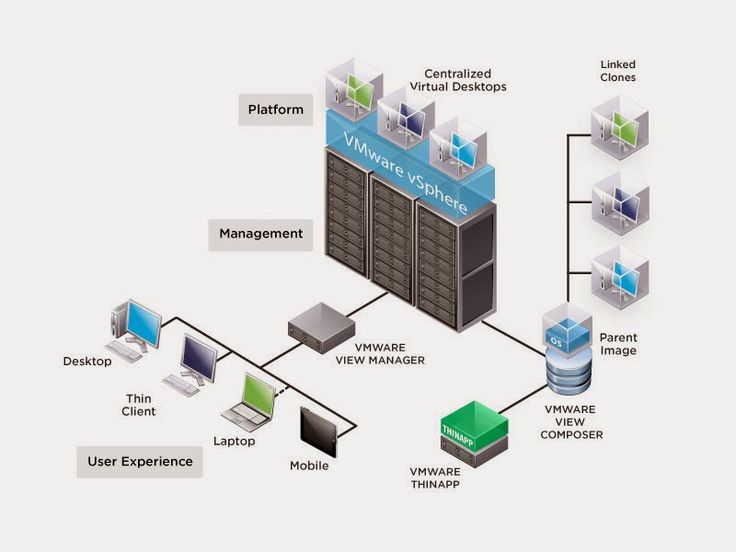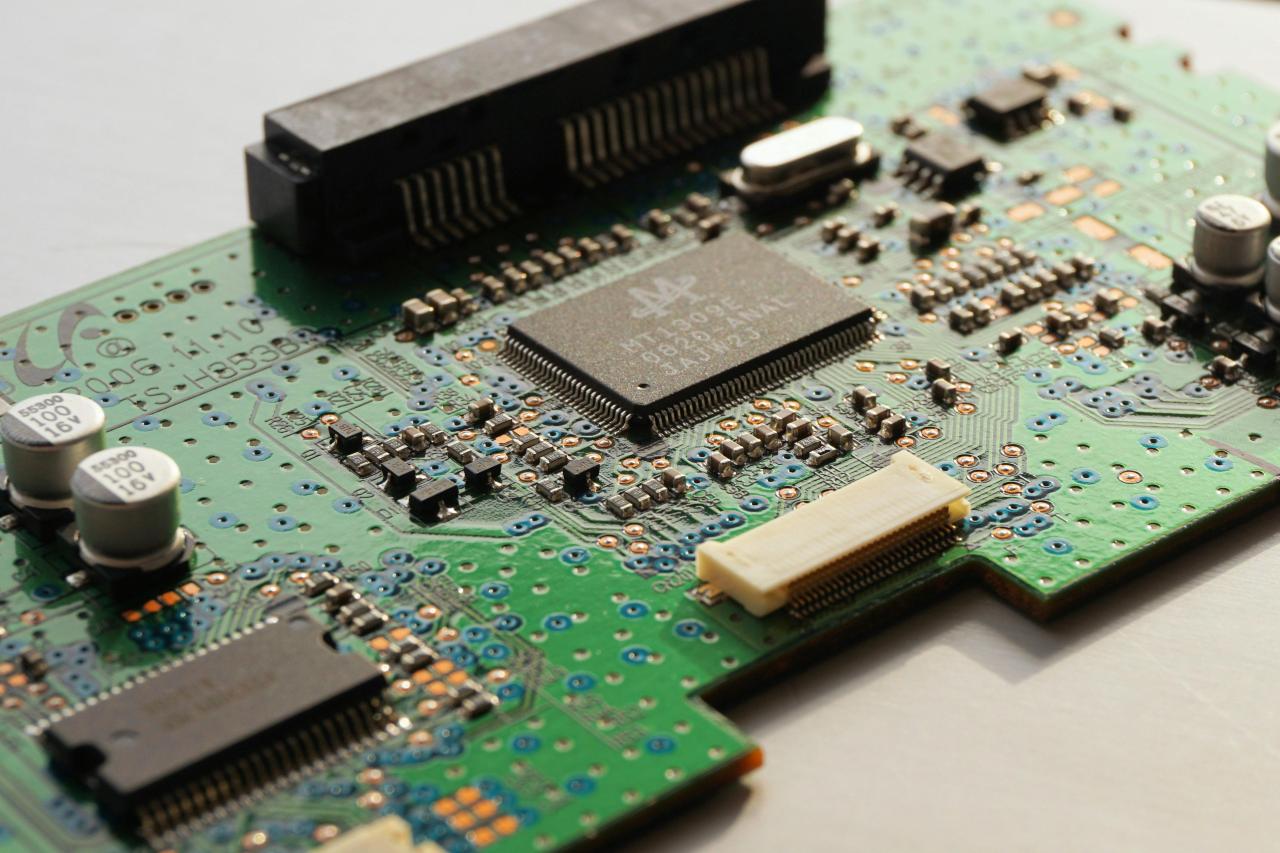The landscape of network infrastructure has undergone a seismic transformation over the past decade, driven by the relentless demand for agility, scalability, and cost-efficiency. Traditional networks, characterized by purpose-built hardware appliances for every function—routers, firewalls, load balancers, intrusion detection systems, and more—are increasingly struggling to keep pace with the dynamic needs of modern enterprises and service providers. This rigid, hardware-centric approach often leads to vendor lock-in, complex deployments, manual configurations, and significant operational overheads. Enter Network Functions Virtualization (NFV), a revolutionary concept that decouples network functions from proprietary hardware and runs them as software on standard, off-the-shelf servers.
NFV represents a fundamental shift from a hardware-defined to a software-defined networking paradigm. Instead of deploying a physical box for each network service, NFV allows these services to be virtualized, much like operating systems are virtualized on a single server. This virtualization isn’t just about efficiency; it’s about unlocking unprecedented levels of flexibility, automation, and innovation. By transforming network functions into virtualized network functions (VNFs), organizations can deploy, manage, and scale their network services with a speed and agility previously unimaginable.
Core Components of NFV
To fully grasp the power of NFV, it’s essential to understand its architectural framework, which comprises several key components working in concert:
A. Network Functions Virtualization Infrastructure (NFVI)
The NFVI forms the foundational layer of any NFV deployment. It’s the physical and virtual infrastructure that hosts the VNFs. Think of it as the compute, storage, and networking resources that provide the execution environment for virtualized network functions.
- Compute Resources: These are typically commercial off-the-shelf (COTS) servers, often x86-based, that provide the processing power for running VNFs. The shift from specialized ASICs (Application-Specific Integrated Circuits) to general-purpose processors is a cornerstone of NFV’s cost-efficiency.
- Storage Resources: This includes the storage systems, both local and network-attached, where the VNF images, configurations, and operational data reside. Efficient storage solutions are crucial for VNF instantiation, migration, and data persistence.
- Networking Resources: This refers to the physical network infrastructure that interconnects the compute and storage resources within the NFVI. It also includes the virtual switches and networks that allow VNFs to communicate with each other and with external networks. High-performance, low-latency networking is vital for maintaining service quality.
B. Virtualized Network Functions (VNFs)
VNFs are the software implementations of network functions that traditionally ran on dedicated hardware. Examples include:
- Virtual Routers: Software-based routing capabilities that can be deployed on demand.
- Virtual Firewalls: Software firewalls offering security policies and packet filtering.
- Virtual Load Balancers: Distributing network traffic across multiple servers for optimal performance and availability.
- Virtual Intrusion Detection/Prevention Systems (IDS/IPS): Software-based security solutions for threat detection and prevention.
- Virtual WAN Optimizers: Improving data transfer speeds over wide area networks.
- Virtual Private Network (VPN) Gateways: Providing secure remote access.
- Virtual Cell Towers (vRAN): Virtualizing components of radio access networks for mobile communications.
The beauty of VNFs lies in their ability to be spun up, scaled out, or torn down rapidly, often in minutes or seconds, using automation. This contrasts sharply with the weeks or months it could take to procure, install, and configure physical appliances.
C. NFV Management and Orchestration (NFV MANO)
The NFV MANO framework is the “brain” of the NFV architecture, responsible for managing and orchestrating the entire NFV environment. It’s the control plane that enables the dynamic deployment, scaling, and management of VNFs and the underlying NFVI. The MANO framework consists of three main functional blocks:
- Orchestrator: The highest-level component, responsible for orchestrating end-to-end network services. It takes service requests, translates them into VNF requirements, and interacts with the VNF Manager and NFVI resources to fulfill those requests. It manages the lifecycle of network services, from creation to termination.
- VNF Manager (VNFM): Responsible for the lifecycle management of individual VNFs. This includes instantiation, scaling (scaling up/down or out/in), healing (recovering from failures), and termination of VNFs. A VNFM interacts directly with the NFVI and abstracts the underlying infrastructure details from the Orchestrator.
- Virtualized Infrastructure Manager (VIM): Manages the NFVI resources (compute, storage, and network). It’s typically an OpenStack, VMware vCloud, or similar cloud management platform that provides an interface for the VNF Manager to request and allocate virtual resources.
The Transformative Benefits of NFV
The adoption of NFV offers a multitude of compelling advantages that drive significant value for both service providers and enterprises:
A. Enhanced Agility and Flexibility
Perhaps the most significant benefit of NFV is the unprecedented agility it brings to network operations.
- Rapid Service Deployment: New network services or features can be deployed in minutes, not months. This accelerates time-to-market for new offerings and allows businesses to respond quickly to evolving customer demands or market opportunities.
- Dynamic Scaling: Network functions can be scaled up or down instantly based on real-time traffic demands. During peak hours, more VNF instances can be spun up; during off-peak times, resources can be scaled down, optimizing resource utilization and reducing costs. This eliminates the need for over-provisioning hardware “just in case.”
- Geographic Independence: VNFs can be deployed virtually anywhere, from a central data center to edge locations, enabling distributed architectures and bringing services closer to the end-user, thereby improving latency and user experience.
B. Significant Cost Reductions
NFV delivers substantial cost savings across various aspects of network management.
- Reduced Capital Expenditure (CapEx): By moving away from proprietary hardware to COTS servers, organizations can significantly lower their initial investment in network infrastructure. The pooled resource model of virtualized environments allows for more efficient hardware utilization.
- Lower Operational Expenditure (OpEx): Automation driven by NFV MANO reduces manual configuration and troubleshooting, leading to lower labor costs. Energy consumption is also optimized as fewer physical devices are needed, and resources can be dynamically scaled back when not in use.
- Elimination of Vendor Lock-in: Using standard hardware and open-source software (where applicable) reduces reliance on single vendors, fostering a more competitive ecosystem and potentially leading to better pricing and more innovative solutions.
C. Improved Operational Efficiency
Beyond cost, NFV streamlines operations and enhances overall network management efficiency.
- Automation and Orchestration: NFV MANO automates the entire lifecycle of network services, from deployment and configuration to monitoring and healing. This reduces human error, speeds up processes, and frees up network engineers to focus on more strategic tasks.
- Centralized Management: A unified management plane allows for a holistic view and control over all virtualized network functions, simplifying complex network topologies.
- Simplified Troubleshooting: With a software-defined approach, diagnosing and resolving issues can often be done remotely and programmatically, reducing the need for on-site visits and accelerating problem resolution.
D. Accelerated Innovation
NFV fosters a fertile ground for innovation within the networking domain.
- Experimentation: The ease of deploying and tearing down VNFs encourages experimentation with new network services and architectures without significant upfront investment or disruption to existing services.
- Service Chaining: NFV makes it much easier to chain multiple VNFs together to create complex, end-to-end network services. For example, traffic might pass through a virtual firewall, then a virtual load balancer, and then a virtual WAN optimizer, all managed as a single service.
- Developer-Friendly Environment: The software-centric nature of NFV encourages a DevOps approach to network operations, allowing developers to contribute directly to network service development and deployment.
Key Use Cases and Applications of NFV
NFV’s versatility makes it applicable across a wide range of industries and scenarios:
A. Telecommunications and Service Providers
Service providers are at the forefront of NFV adoption, leveraging it to transform their core networks and deliver new services.
- Virtual Customer Premises Equipment (vCPE): Replacing physical customer premise equipment (like routers and firewalls at a customer’s site) with VNFs hosted in the service provider’s data center or on generic hardware at the customer location. This simplifies deployment, reduces truck rolls, and enables rapid service provisioning.
- Evolved Packet Core (EPC) Virtualization: Virtualizing the core network components for mobile broadband, leading to more scalable and agile mobile networks (vEPC).
- Virtual Radio Access Network (vRAN): Decoupling baseband processing from radio units, allowing baseband functions to run as software on COTS servers, enabling flexible and efficient 5G deployments.
- Managed Services: Offering highly customizable and scalable managed network services (e.g., managed firewalls, VPNs, SD-WAN) to enterprise customers, often with a pay-as-you-go model.
B. Enterprises and Data Centers
Enterprises are increasingly adopting NFV to modernize their data centers and improve network agility.
- Data Center Virtualization: Extending virtualization beyond compute and storage to include network functions within the data center, enabling micro-segmentation, automated security policies, and efficient resource allocation.
- Branch Office Connectivity: Deploying virtualized network services at remote branches for consistent security and performance, often as part of a Software-Defined Wide Area Network (SD-WAN) solution.
- Security Service Insertion: Dynamically inserting security VNFs (firewalls, IDS/IPS) into network traffic flows based on policies, providing granular security control and rapid threat response.
- Hybrid Cloud Networking: Seamlessly extending on-premises networks to public cloud environments by deploying virtualized network gateways and security functions.
C. Emerging Technologies and Future Trends
NFV is a foundational technology enabling several cutting-edge advancements.
- 5G Networks: NFV is a cornerstone of 5G infrastructure, providing the flexibility and scalability required for dynamic network slicing, edge computing, and ultra-low latency services.
- Edge Computing: Deploying VNFs at the network edge to process data closer to its source, reducing latency and bandwidth consumption for applications like IoT and augmented reality.
- Network Slicing: A key 5G capability enabled by NFV, allowing multiple virtual networks to run on a common physical infrastructure, each tailored to specific service requirements (e.g., high bandwidth for video streaming, ultra-low latency for autonomous vehicles).
- AI/ML Integration: Leveraging artificial intelligence and machine learning to optimize NFV operations, predict network issues, and automate resource allocation with even greater precision.
Challenges and Considerations in NFV Adoption
While NFV offers immense benefits, its implementation is not without challenges. Careful planning and strategic execution are crucial for success.
A. Performance and Latency
One of the initial concerns with NFV was whether virtualized functions could match the performance of dedicated hardware appliances.
- Overhead: Virtualization inherently introduces some overhead. Ensuring low latency and high throughput for demanding network functions requires careful optimization of the NFVI, including technologies like SR-IOV (Single Root I/O Virtualization) and DPDK (Data Plane Development Kit) to bypass the hypervisor and allow VNFs direct access to network hardware.
- Resource Contention: In a shared NFVI environment, resource contention (e.g., for CPU cycles, memory, or I/O bandwidth) can impact VNF performance. Proper resource isolation and scheduling are essential.
B. Interoperability and Standards
The NFV ecosystem involves multiple vendors providing VNFs, NFVI, and MANO components.
- Vendor Interoperability: Ensuring that VNFs from one vendor can seamlessly run on NFVI from another, and be managed by a third-party MANO, requires adherence to open standards.
- Standardization Bodies: Organizations like ETSI (European Telecommunications Standards Institute) NFV ISG (Industry Specification Group) have been instrumental in defining the NFV architecture and interfaces to promote interoperability. However, practical implementation can still present integration challenges.
C. Security Concerns
Virtualization introduces new security considerations that need to be addressed.
- VNF Isolation: Ensuring strong isolation between VNFs running on the same physical server is critical to prevent lateral movement of threats.
- Hypervisor Security: The security of the hypervisor, which underlies all VNFs, is paramount. Any compromise of the hypervisor can affect all hosted VNFs.
- Security Orchestration: Integrating security policies and controls into the automated NFV MANO framework is crucial for maintaining a strong security posture in a dynamic environment.
D. Operational Complexity and Skill Gaps
Migrating from a hardware-centric to a software-defined network requires a significant shift in operational mindset and skill sets.
- New Skills: Network engineers need to acquire new skills in virtualization, cloud technologies, orchestration, automation, and programming (e.g., Python, Ansible).
- Organizational Silos: Bridging the gap between traditional networking teams and IT/cloud teams can be a challenge. A DevOps culture is often beneficial for successful NFV adoption.
- Monitoring and Troubleshooting: While automation simplifies many aspects, monitoring and troubleshooting complex, distributed virtualized networks require advanced tools and expertise.
The Future Trajectory of NFV
NFV is not merely a fleeting trend; it’s a foundational technology that will continue to evolve and shape the future of networking. Its trajectory is closely intertwined with other transformative technologies:
- Deep Integration with Cloud-Native Principles: Future NFV deployments will increasingly embrace cloud-native principles, utilizing microservices architectures, containers (like Docker and Kubernetes), and serverless computing for even greater agility, resilience, and portability of network functions.
- AI/ML for Network Automation: The integration of artificial intelligence and machine learning will move beyond basic automation to predictive analytics, self-healing networks, and intelligent resource optimization. AI/ML will enable networks to anticipate issues, dynamically adjust resources, and adapt to changing traffic patterns autonomously.
- Enhanced Security Focus: As networks become more virtualized and distributed, security will be embedded more deeply into the NFV framework, with a stronger emphasis on zero-trust architectures, automated threat detection, and continuous security validation.
- Broader Adoption in Enterprise Networks: While service providers led the initial charge, enterprises will continue to adopt NFV for various applications, especially with the proliferation of edge computing and the need for more agile branch office networking.
- Convergence with SD-WAN: NFV and Software-Defined Wide Area Networks (SD-WAN) are highly complementary technologies. NFV often underpins the delivery of virtualized network services over an SD-WAN fabric, providing a more intelligent and flexible approach to wide-area connectivity.
In conclusion, Network Functions Virtualization is more than just a technological advancement; it’s an architectural revolution that redefines how networks are designed, deployed, and managed. By embracing the principles of software-defined infrastructure, NFV empowers organizations to build agile networks that are responsive, scalable, cost-effective, and innovation-ready, paving the way for the next generation of digital services.














